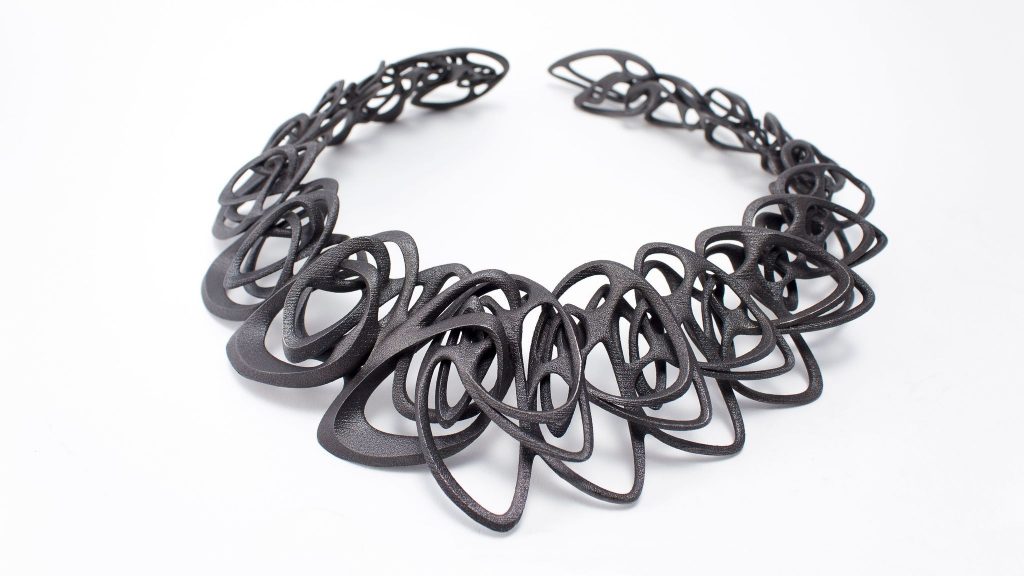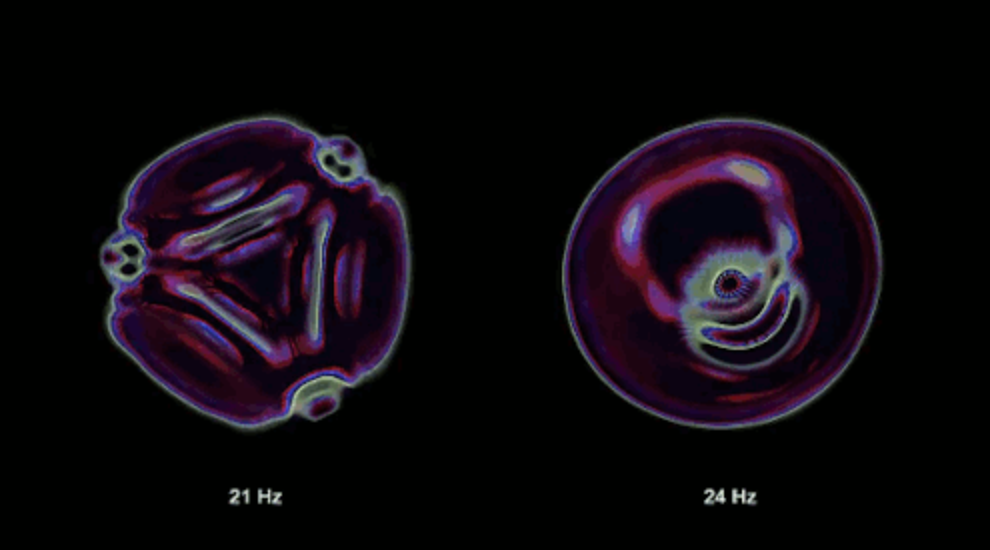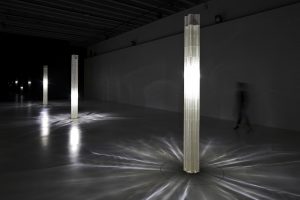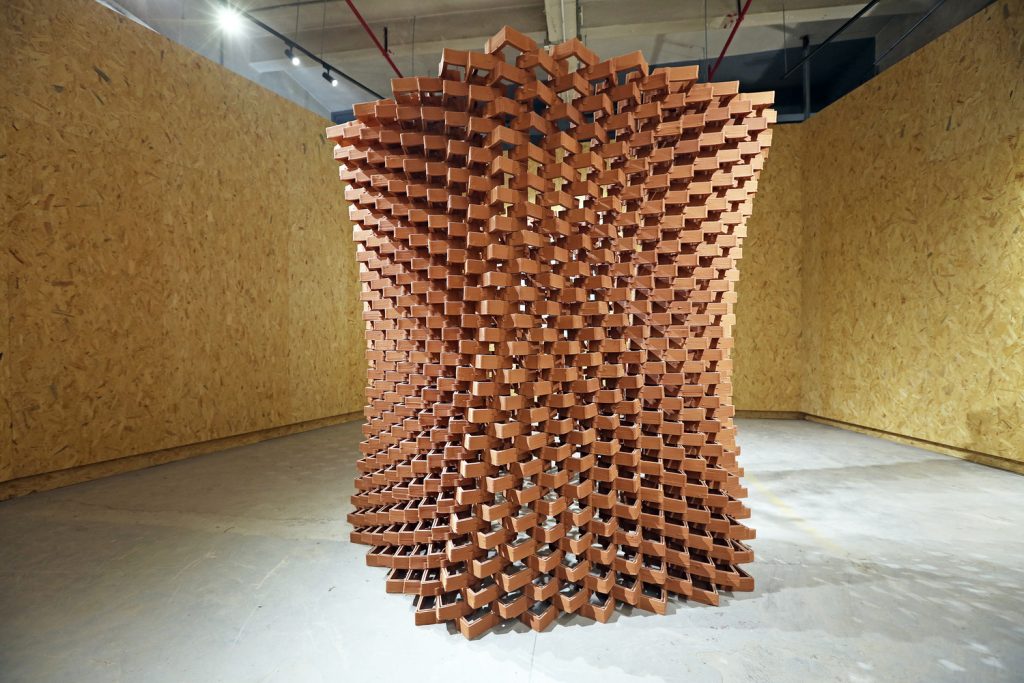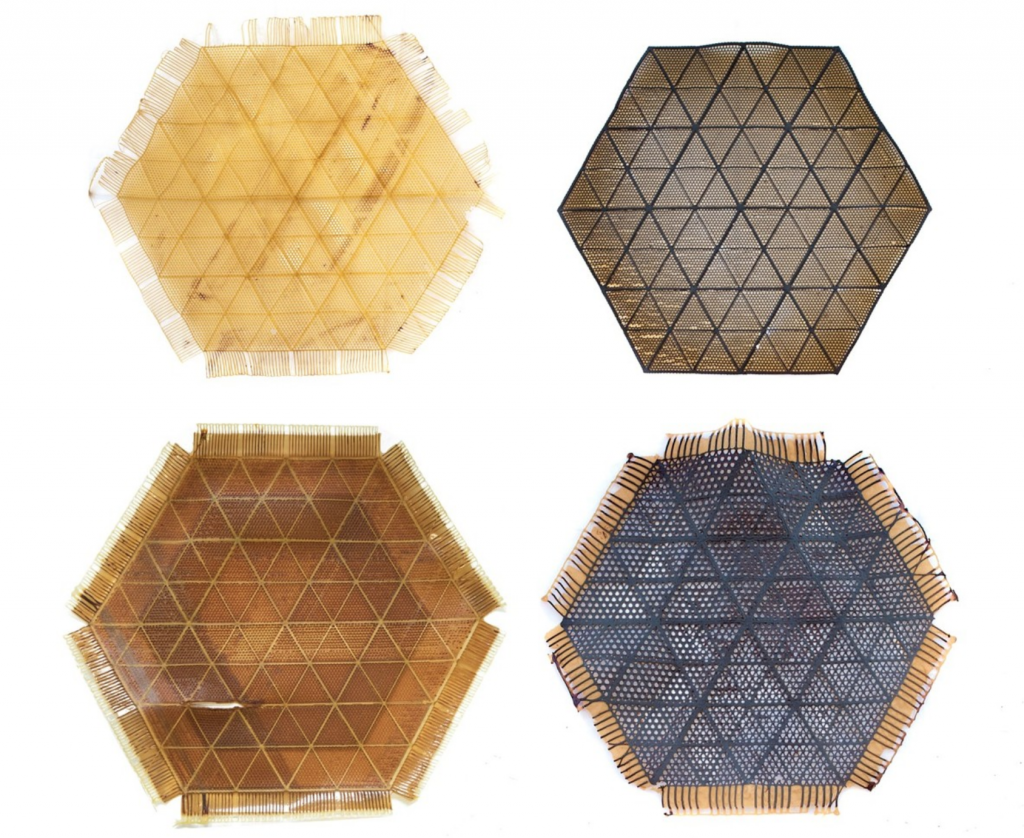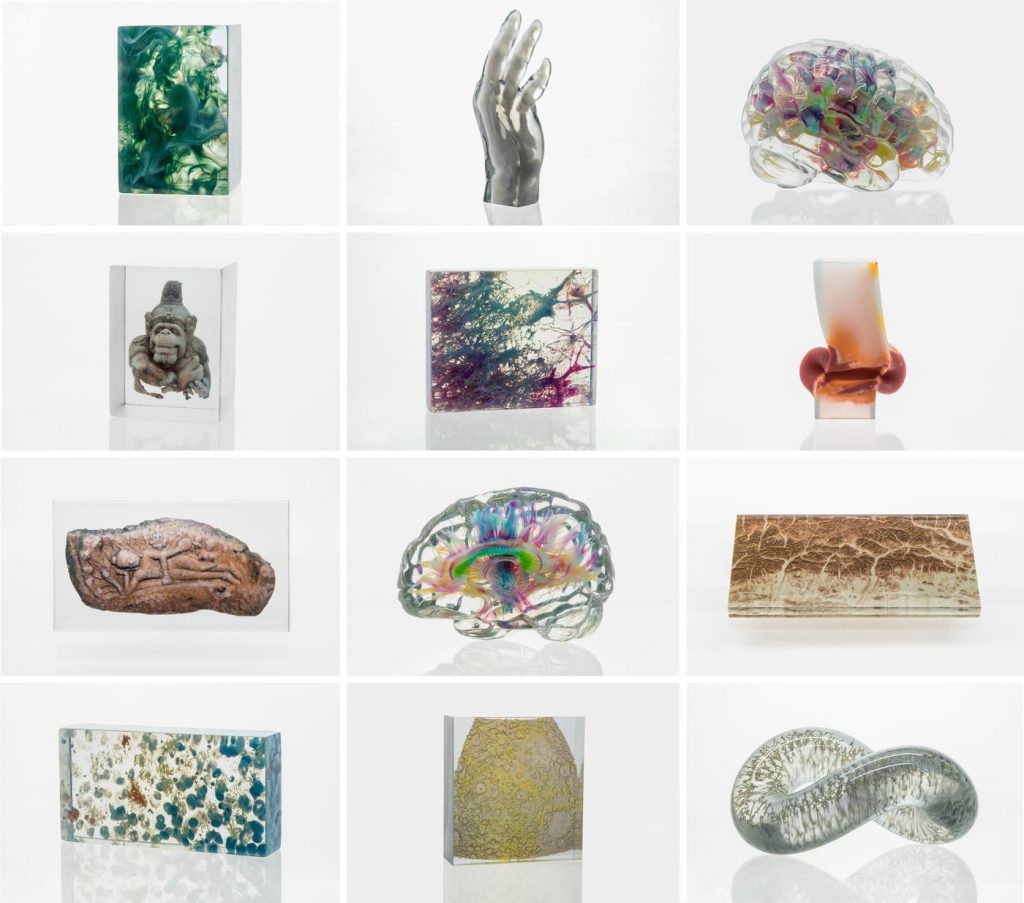
The BUGA Fibre Pavilion is a combined work of biomimicry research and computational design through the means of digital fabrication. The pavilion’s 60 woven structural are consisted of using synthetic glass and carbon fibers by robot arms. The resulting cylindrical modules got their inspiration from insect wings and exoskeletons. Both the innovative material and the genuine shape create structural rigidity and integrity that is much stronger than traditional means of steel construction while being much lighter for mobility after disassembly I am especially impressed by the appearance of the project which really features sci-fi aesthetic, we always imagine either in movie or show. Also, the fact that it leaves zero carbon foot print is inspirational.
![[OLD FALL 2019] 15-104 • Introduction to Computing for Creative Practice](https://courses.ideate.cmu.edu/15-104/f2019/wp-content/uploads/2020/08/stop-banner.png)

